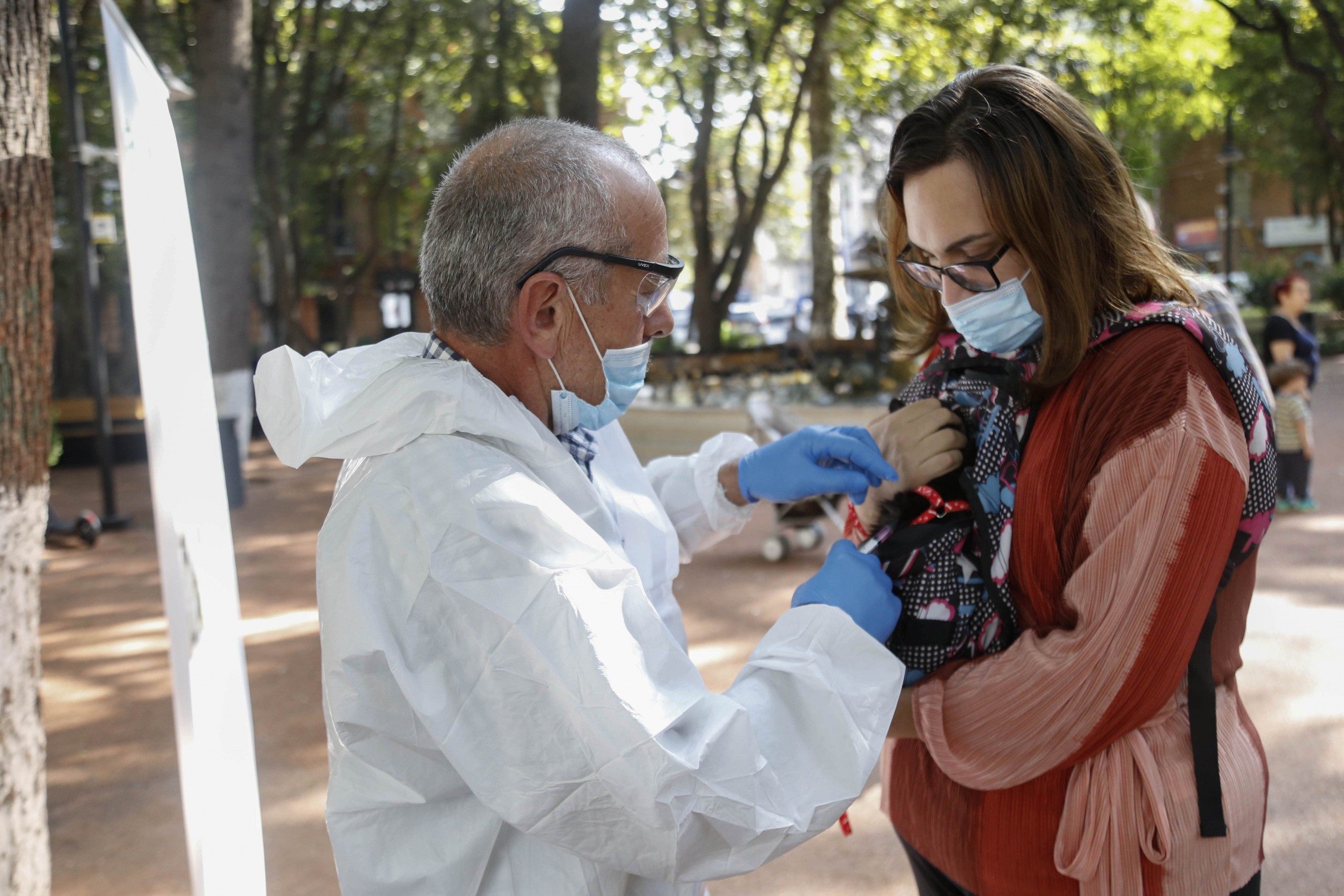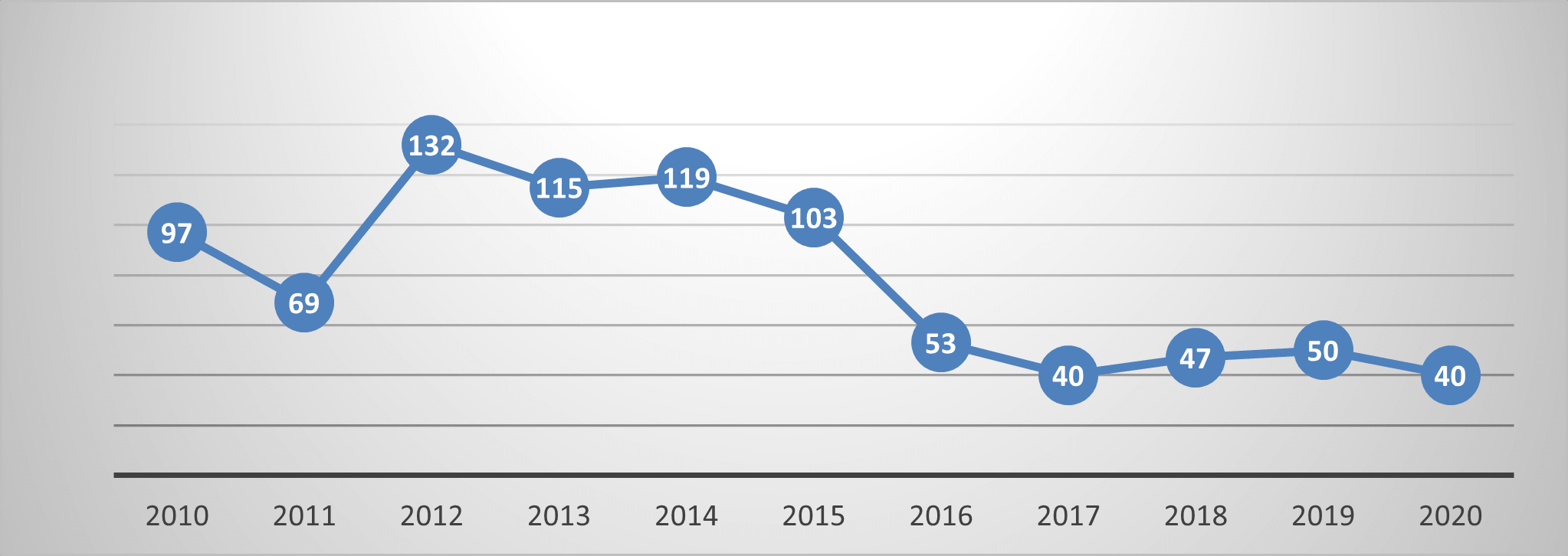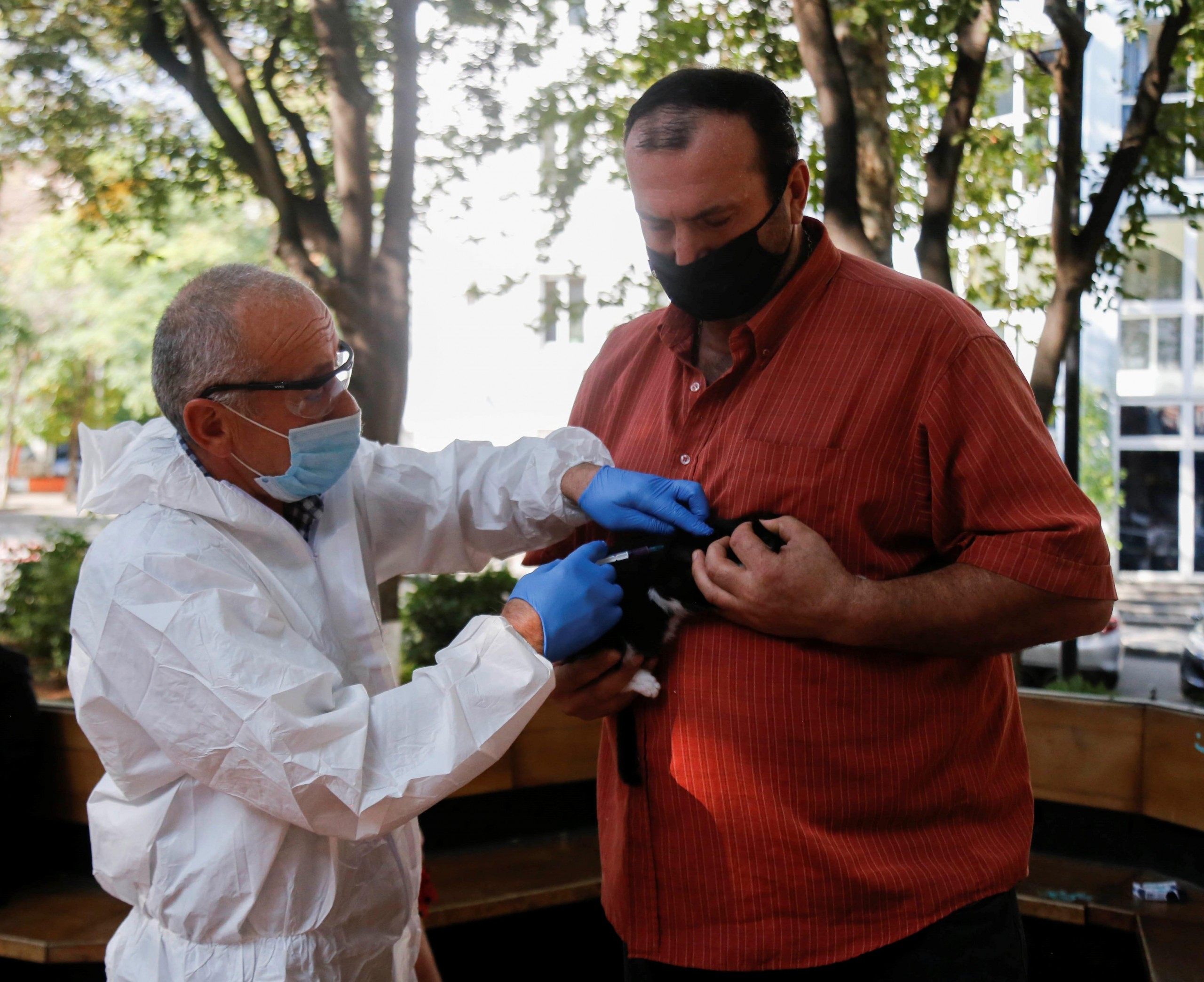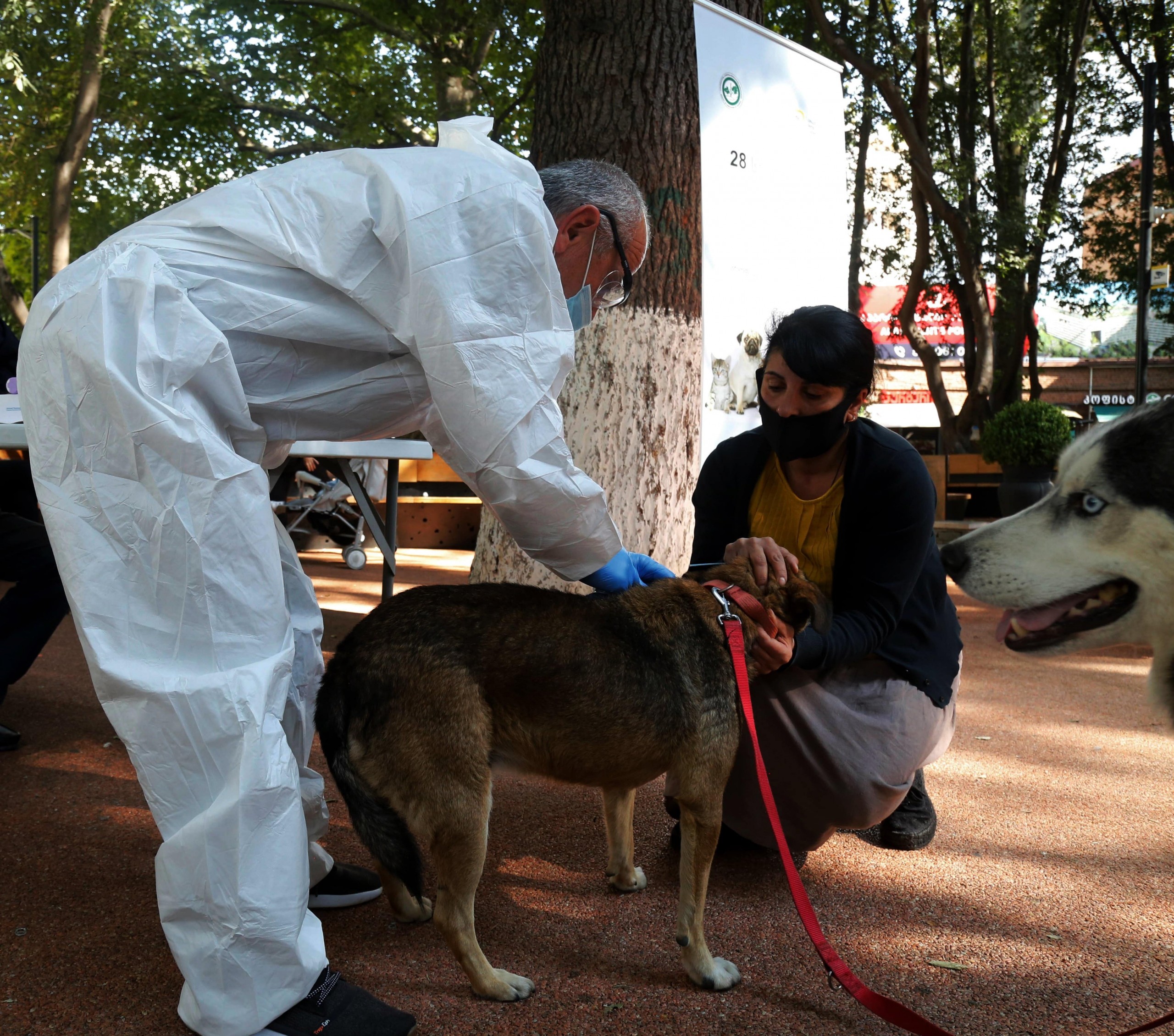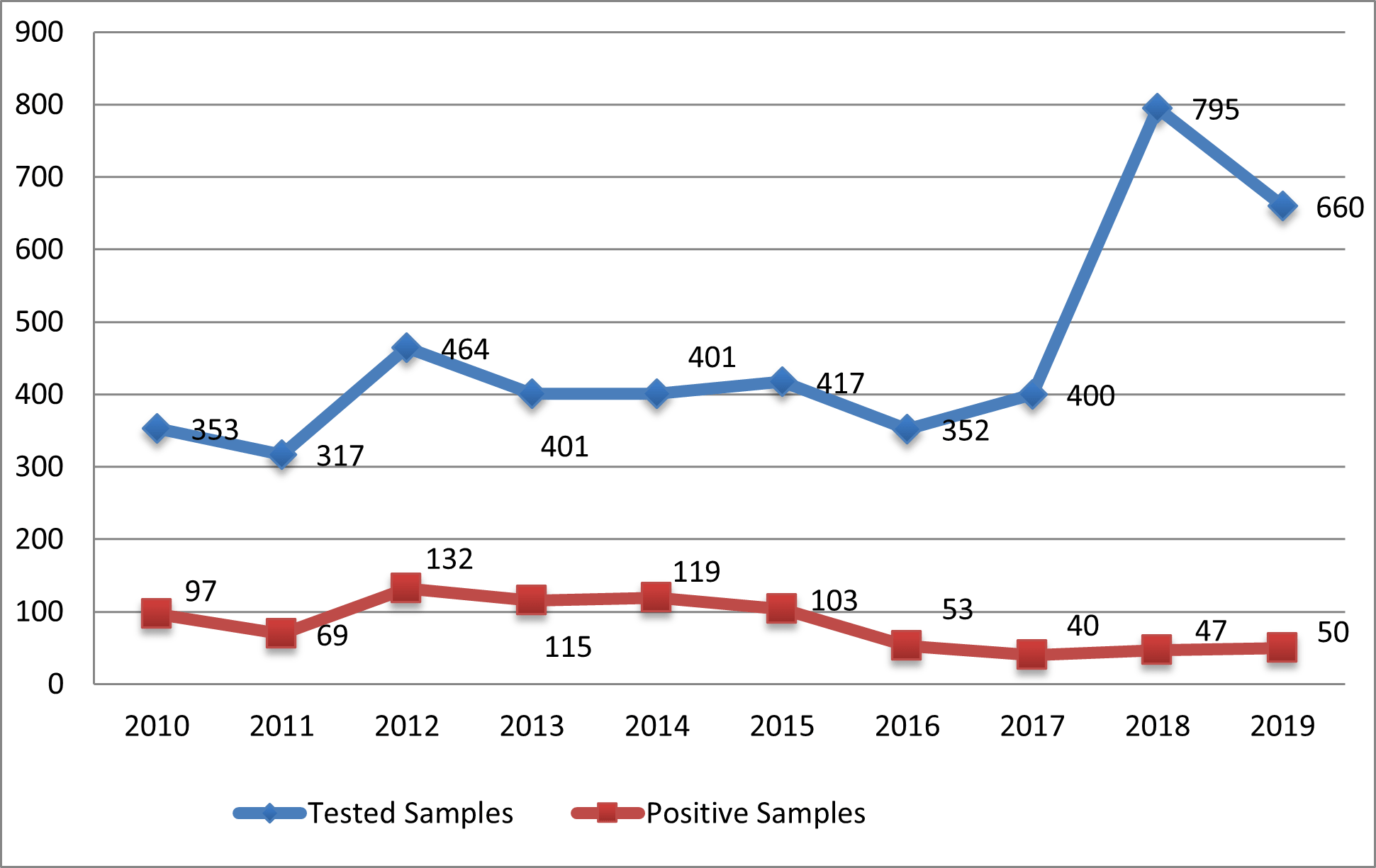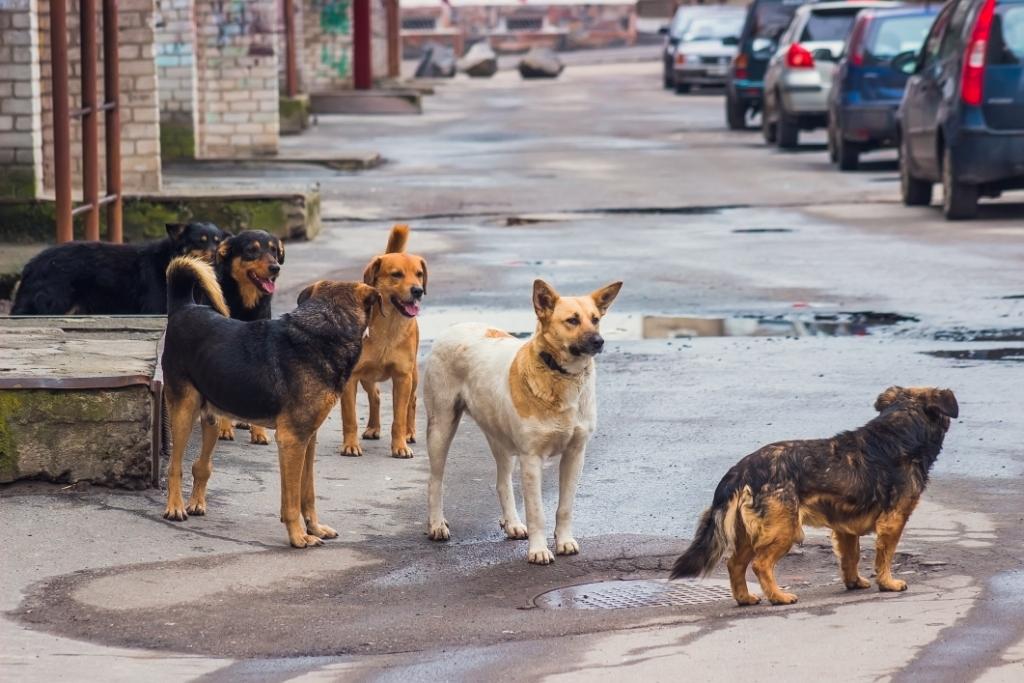
“As rabies is a zoonotic disease and its source may be both domestic and wild animals, the Agency has this issue under special control arrangements. We have significantly expanded the scale of vaccination and monitoring and have seen tangible results in the form of decreased disease figures. We are continuing our work and actively collaborating with World Organisation for Animal Health (OIE) to minimize the risks and overcome existing challenges”, says Vasili Basiladze, Deputy Head of the National Food Agency, OIE Delegate.
This reduction in the number of cases is the result of free country-wide vaccination and extensive awareness campaign implemented by the Ministry of Environmental Protection and Agriculture of Georgia and National Food Agency.
From 2006 till 2012 measures against rabies were administered only at the foci if the disease was identified. However, starting from 2013, the Agency has inaugurated a wide-scale prophylactic vaccination of pet animals (dogs and cats) free of charge.
Apart from vaccination, other measures are applied against the disease, including laboratory testing of pathological materials, subsequent seromonitoring of vaccination, actions for raising awareness, and quarantine activities in case of disease detection.
A notable area for the Agency’s activities is the permanent disease monitoring (study of post-vaccination monitoring and study of antibody level in vaccinated animals). Since 2015 samples taken from an average of 300 vaccinated animals are tested every year in line with pertinent testing patterns (the post-vaccinal immunity and antibody titres are higher than 90%).
Compared to the previous years, there has been a considerable rise in the number of samples for testing.
In Georgia, much like in many other countries of the world, wild, unvaccinated, and unsheltered animals (stray dogs), constituting the principal source for spreading rabies, remain a challenge. In this area, the National Food Agency vigorously cooperates with the World Organisation for Animal Health (OIE) through the OIE regional representation for Europe and actively engages by the way of online meetings. Regular sessions are arranged with neighboring countries during which information is exchanged in the epidemiological situation.
Given the importance of rabies, in Georgia last year saw meetings with the representatives of veterinary services of both Azerbaijan and Armenia who supported the organization of countermeasures against rabies, a trans-border disease, at the regional level.
Notwithstanding the circumstances in light of the Novel Coronavirus (COVID-19) outbreak, the World Rabies Day was celebrated in Georgia on September 28th as usual. Related to this event there were the free vaccinations of pet and sheltered animals undertaken by the veterinarians of the Agency at specifically designated locations throughout the country as well as dissemination of information booklets to the population.
In line with the Communication Strategy, within the context of the relevant pre-campaign, the event was announced and then received observable coverage in social, electronic, and print media.
